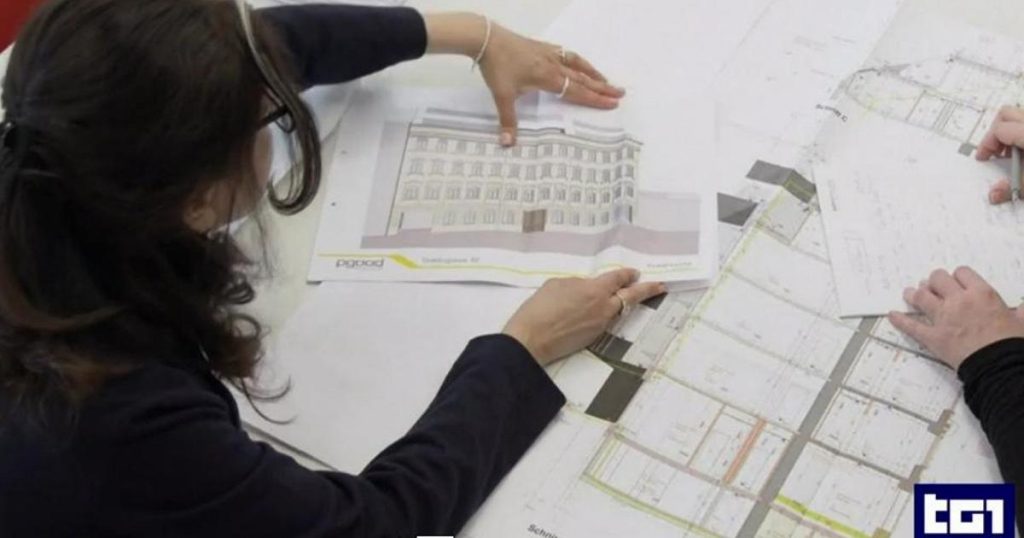The official publication in the Gazzetta Ufficiale reveals the details of the new measure: regularization will cost anywhere from 1,000 to 31,000 euros, but not all abuses will be rectifiable. The measure aims to address illegal constructions and land use violations across Italy. However, it also establishes limits on the scope of what can be rectified, with some violations deemed too severe to be sanctioned. This has sparked debate among experts and policymakers regarding the fairness and effectiveness of the measure.
The range of penalties for regularization under the new measure varies significantly, from relatively low fees to much higher costs. This reflects the different levels of severity of the violations and the corresponding need for corrective action. The measure seeks to strike a balance between encouraging compliance with regulations and providing a means for addressing past violations. However, the exclusion of some types of abuses from regularization has raised concerns about potential inequalities and inconsistencies in enforcement.
Critics of the measure argue that it may not go far enough in addressing the root causes of illegal construction and land use violations. They point to the fact that not all abuses will be eligible for regularization, leaving some violators subject to potentially harsh penalties. There are concerns that this approach may not effectively deter future violations or promote greater compliance with regulations. In addition, the range of penalties under the measure has also raised questions about the fairness and equity of the enforcement process.
Proponents of the measure, on the other hand, argue that it is a necessary step towards addressing the widespread issue of illegal constructions and land use violations in Italy. They believe that the range of penalties provides a flexible and proportionate response to different types of violations, allowing for a more tailored approach to enforcement. By establishing clear criteria for regularization and imposing penalties on violators, the measure aims to both incentivize compliance and deter future abuses. However, concerns remain about the potential impact on those who are unable to afford the cost of regularization.
Overall, the publication of the measure in the Gazzetta Ufficiale represents a significant development in the efforts to address illegal constructions and land use violations in Italy. While the measure seeks to strike a balance between encouraging compliance and enforcing regulations, questions remain about its fairness and effectiveness. The exclusion of some violations from regularization and the range of penalties imposed have sparked debate among experts and policymakers. As the implementation of the measure progresses, further discussions are likely to take place on how best to address the issue of illegal constructions and land use violations in a fair and equitable manner.


